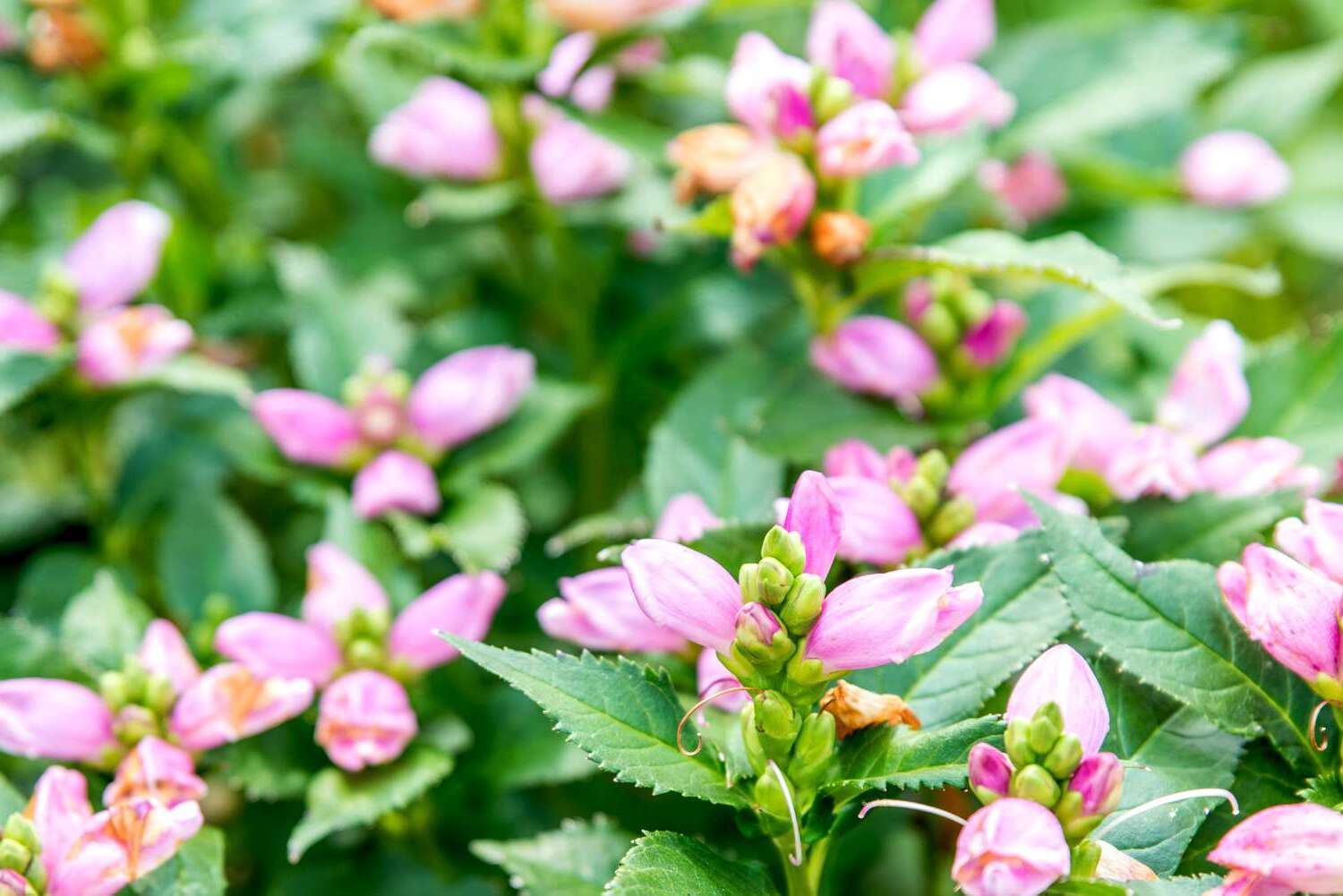
Turtlehead plants are fascinating perennials that can add a splash of color to any garden. Known for their unique, turtle-shaped flowers, these plants are not only visually appealing but also attract pollinators like bees and butterflies. But what makes Turtlehead plants so special? For starters, they thrive in moist, shady areas where many other plants struggle. They also come in various colors, including white, pink, and purple, making them versatile for different garden themes. Additionally, Turtlehead plants are relatively low-maintenance, requiring minimal care once established. Whether you're a seasoned gardener or a newbie, learning about these intriguing plants can enhance your gardening experience.
Turtlehead Plants: Nature's Unique Beauties
Turtlehead plants, scientifically known as Chelone, are fascinating perennials that add a touch of uniqueness to gardens. Their name comes from the shape of their flowers, which resemble a turtle's head. Let's dive into some intriguing facts about these captivating plants.
-
Turtlehead plants belong to the Plantaginaceae family, which includes other well-known plants like snapdragons and foxgloves.
-
These plants are native to North America, thriving in moist, wooded areas and along stream banks.
-
Turtlehead flowers come in various colors, including white, pink, and purple, adding vibrant hues to any garden.
-
The blooming period for turtlehead plants typically occurs from late summer to early fall, providing late-season color.
-
Turtlehead plants can grow up to 3 feet tall, making them a striking addition to garden borders and naturalized areas.
-
These plants prefer partial to full shade, making them ideal for woodland gardens or shaded areas of the yard.
-
Turtlehead plants are known for their unique flower shape, which resembles a turtle's head, hence the name.
-
The flowers of turtlehead plants are tubular and have two lips, with the upper lip forming a hood and the lower lip acting as a landing platform for pollinators.
-
Turtlehead plants are excellent for attracting pollinators, especially bees and butterflies, to the garden.
-
These plants are also deer-resistant, making them a great choice for gardens in areas with high deer populations.
Turtlehead Plant Care and Maintenance
Caring for turtlehead plants is relatively easy, making them a favorite among gardeners. Here are some essential facts about their care and maintenance.
-
Turtlehead plants prefer moist, well-drained soil rich in organic matter.
-
Regular watering is crucial, especially during dry spells, to keep the soil consistently moist.
-
Adding a layer of mulch around the base of the plants helps retain moisture and suppress weeds.
-
Turtlehead plants benefit from occasional fertilization with a balanced, slow-release fertilizer to promote healthy growth.
-
Deadheading spent flowers can encourage additional blooming and keep the plants looking tidy.
-
Dividing turtlehead plants every few years helps maintain their vigor and prevents overcrowding.
-
These plants are relatively pest-free, but they can occasionally be affected by powdery mildew, especially in humid conditions.
-
To prevent powdery mildew, ensure good air circulation around the plants and avoid overhead watering.
-
Turtlehead plants can be propagated by division or from seeds, making it easy to expand your garden.
-
When planting turtlehead seeds, it's best to start them indoors in late winter and transplant them outdoors after the last frost.
Interesting Uses and Cultural Significance
Turtlehead plants have more to offer than just their beauty. They have interesting uses and cultural significance worth noting.
-
Native American tribes used turtlehead plants for medicinal purposes, including treating digestive issues and skin conditions.
-
The plant's leaves and flowers were often used to make teas and poultices for various ailments.
-
Turtlehead plants are sometimes used in rain gardens due to their preference for moist conditions.
-
These plants can also be used in naturalized areas and along stream banks to help prevent soil erosion.
-
Turtlehead plants are a great choice for pollinator gardens, as they provide a valuable nectar source for bees and butterflies.
-
The unique flower shape of turtlehead plants makes them a conversation starter in any garden.
-
Turtlehead plants can be used in floral arrangements, adding an interesting and unusual element to bouquets.
-
These plants are also known to attract hummingbirds, adding another layer of wildlife interest to the garden.
-
Turtlehead plants are sometimes referred to as "balmony" or "snakehead" due to their distinctive flower shape.
-
In folklore, turtlehead plants were believed to have protective properties and were sometimes planted near homes to ward off evil spirits.
-
Turtlehead plants have a long lifespan, with some plants living for several decades if properly cared for.
The Final Word on Turtleheads
Turtleheads are fascinating plants with their unique blooms and adaptability. They thrive in various environments, from wetlands to gardens, making them a versatile choice for plant enthusiasts. These plants not only add beauty to landscapes but also support local wildlife, attracting pollinators like bees and butterflies.
Understanding turtleheads' needs, such as moist soil and partial shade, ensures they flourish. Their resilience to pests and diseases makes them a low-maintenance option for gardeners. Plus, their ability to thrive in different climates highlights their adaptability.
Whether you're a seasoned gardener or a newbie, adding turtleheads to your garden can bring a touch of nature's charm. Their striking flowers and ecological benefits make them a valuable addition to any green space. So, next time you're planning your garden, consider the humble yet captivating turtlehead.
Was this page helpful?
Our commitment to delivering trustworthy and engaging content is at the heart of what we do. Each fact on our site is contributed by real users like you, bringing a wealth of diverse insights and information. To ensure the highest standards of accuracy and reliability, our dedicated editors meticulously review each submission. This process guarantees that the facts we share are not only fascinating but also credible. Trust in our commitment to quality and authenticity as you explore and learn with us.
